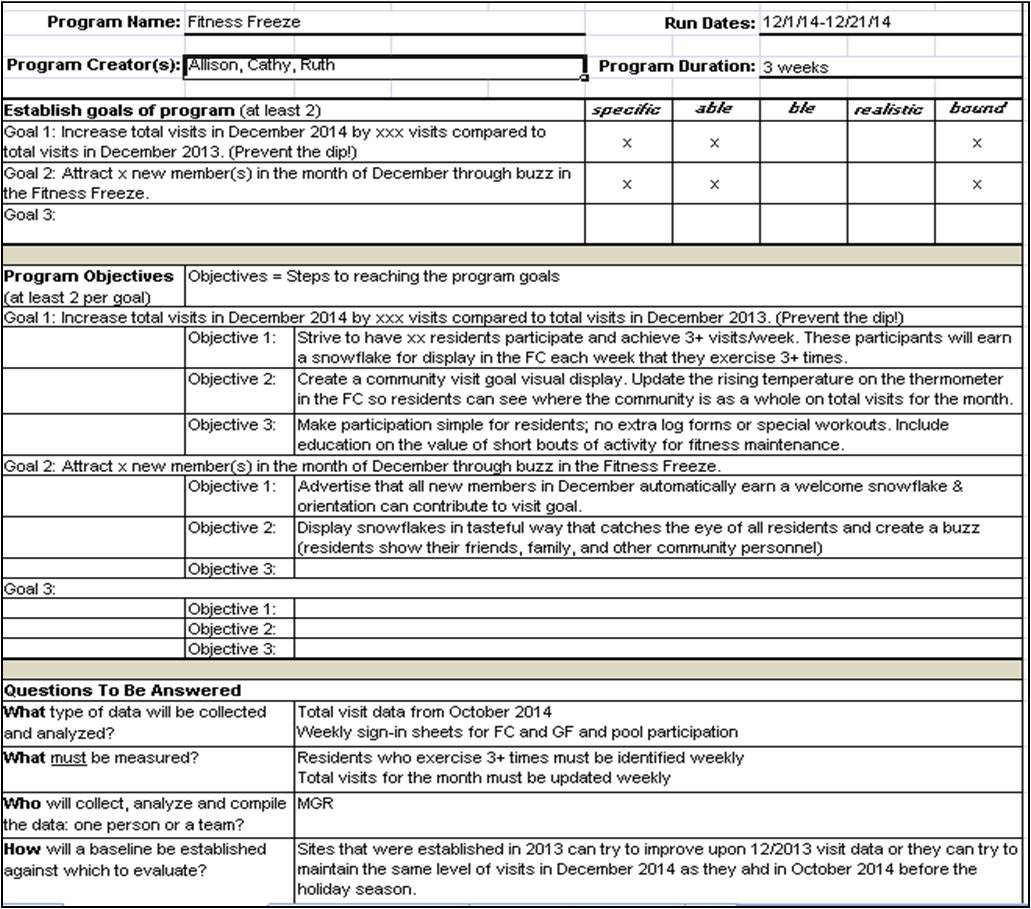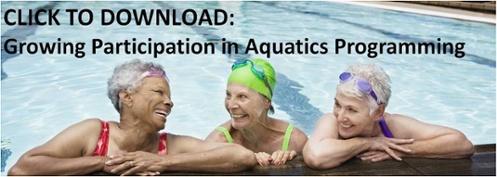 Planning ahead is central to what we do. It’s how we create successful initiatives like our March Into Better Balance Challenge, the 30 Day Squat Challenge, Club PED, National Senior Health and Fitness Day, Active Aging Week, Maintain Not Gain, and several other offerings. One of the ways that planning ahead helps us better serve our clients is with program evaluation. We’ve written before about the importance of measuring the impact of activities in your wellness program. In order to effectively evaluate what you’re offering, you have (1) know the programs you’re running, and (2) do the work to set up the program well.
Planning ahead is central to what we do. It’s how we create successful initiatives like our March Into Better Balance Challenge, the 30 Day Squat Challenge, Club PED, National Senior Health and Fitness Day, Active Aging Week, Maintain Not Gain, and several other offerings. One of the ways that planning ahead helps us better serve our clients is with program evaluation. We’ve written before about the importance of measuring the impact of activities in your wellness program. In order to effectively evaluate what you’re offering, you have (1) know the programs you’re running, and (2) do the work to set up the program well.
Beyond program evaluation, there are a lot of factors our staff consider to pull off successful programs, and the one element that holds all of that programming together is our planning process. In fact, our team is already hard at work filling out their 2016 program planning templates. The planning tool allows managers to look at several elements at once:
1. Balance
Viewing the year-at-a-glance program plan is really helpful for our staff who are looking to provide a balanced programming strategy. For example, staff can spread out their larger wellness initiatives and sprinkle smaller programs into parts of the year that are typically busier for members. They can also create a balance between types of programming such as fitness incentives, wellness programs, and educational pieces.
2. Deadlines
Probably the most practical reason to plan ahead is to make sure all the prep work gets done in time. Many of the events and initiatives run by our managers involve other staff and departments. Planning ahead allows you to make sure you can get everything done on time. For example, let’s say you have a field day event planned. You’ll need to work backwards from the date of the event to be sure you have time to order supplies, advertise the event to your members, make arrangements for food and drinks, and plan what you’ll need for set-up. All of those details can take six to eight weeks or more to come together depending on how involved your program is. You can’t get started a week before and expect it to run smoothly.
3. Community Collaboration
When we plan out the structure of our year ahead of time, it gives us a chance to take that plan to the other departments within the client – be it at a corporate site or in senior living – to allow for optimal collaboration. And the possibilities for truly engaging programming is great. Our partners offer fantastic creativity to boost initiatives for better participation and for a more well-rounded approach. Planning in this way also helps us avoid overlap with other key initiatives at the client so that the audience (employees or residents) isn’t confused, frustrated, or otherwise dis-incentivized to participate.
What’s next?
If it’s true that failing to plan is planning to fail, then how do you go about building this plan? Below are some tips and tricks to get you started.
Build programs with purpose
We’re not spending time and energy on programs for them to go unattended. And none of us really have time to slap spaghetti against the wall to see what sticks. Instead, consider developing programs that have a purpose behind them. It might be that you’re trying to tie into participation goals for the fitness center, or group exercise classes. Then design the offering geared toward that goal.
Establish annual campaigns
Members love a good tradition, and you can easily play into that nostalgia with fun programming that occurs annually. Competitions with bragging rights have worked well for us.
Look at untapped areas within your environment
In our corporate settings, sometimes the cafeteria or outdoor settings provide new spaces for creative programming. In senior living communities, the pool may be a huge opportunity for social, intellectual, and/or physical programming. Grab our quick read on how to grow aquatics participation or click below.
Our creative staff have come up with creative ways for drawing in participation for programs in a variety of settings. Check their success with the Fitness Freeze, Meditation, and NIFS150 programs. Subscribe to our blog to receive future posts about our successful programs.


